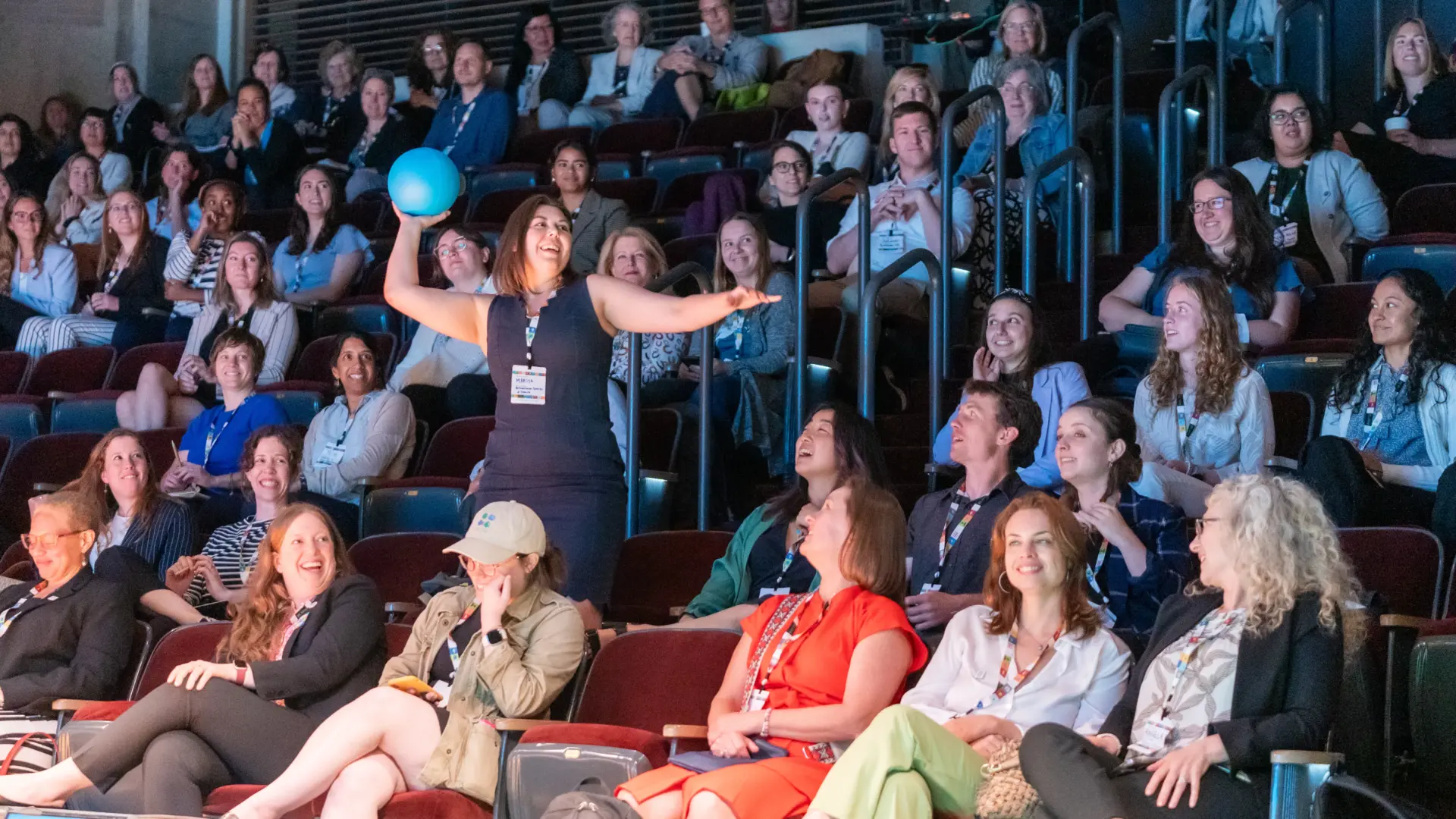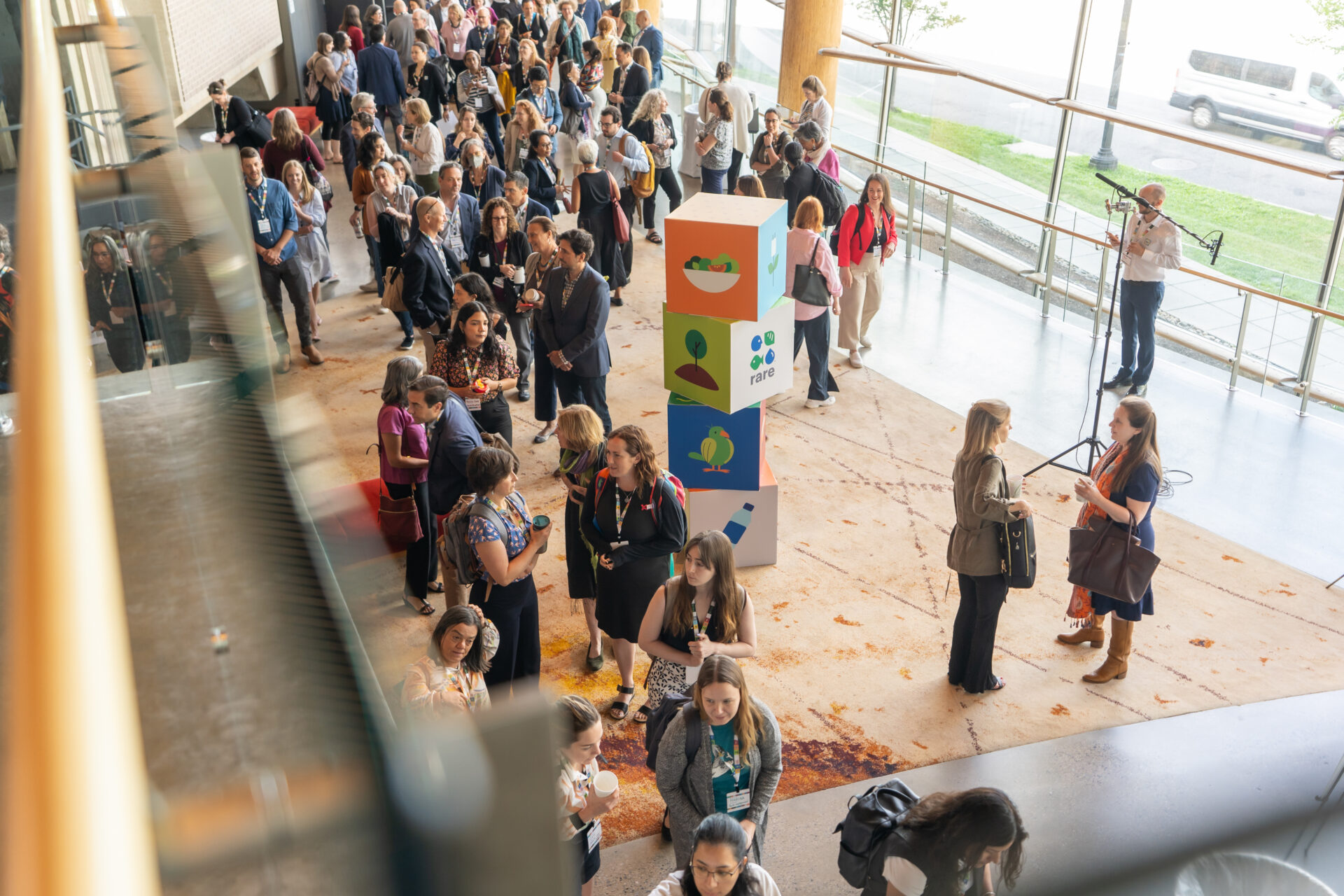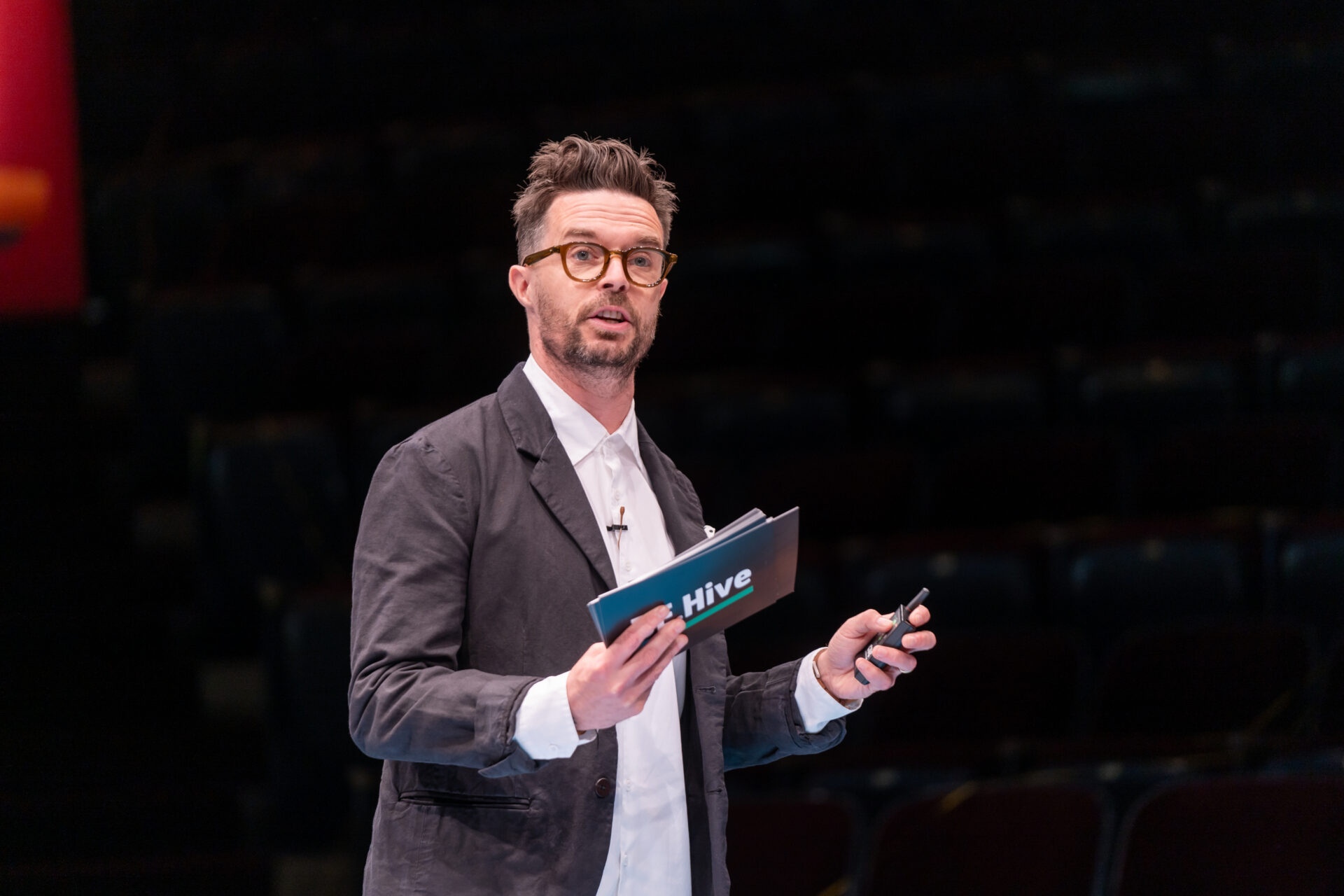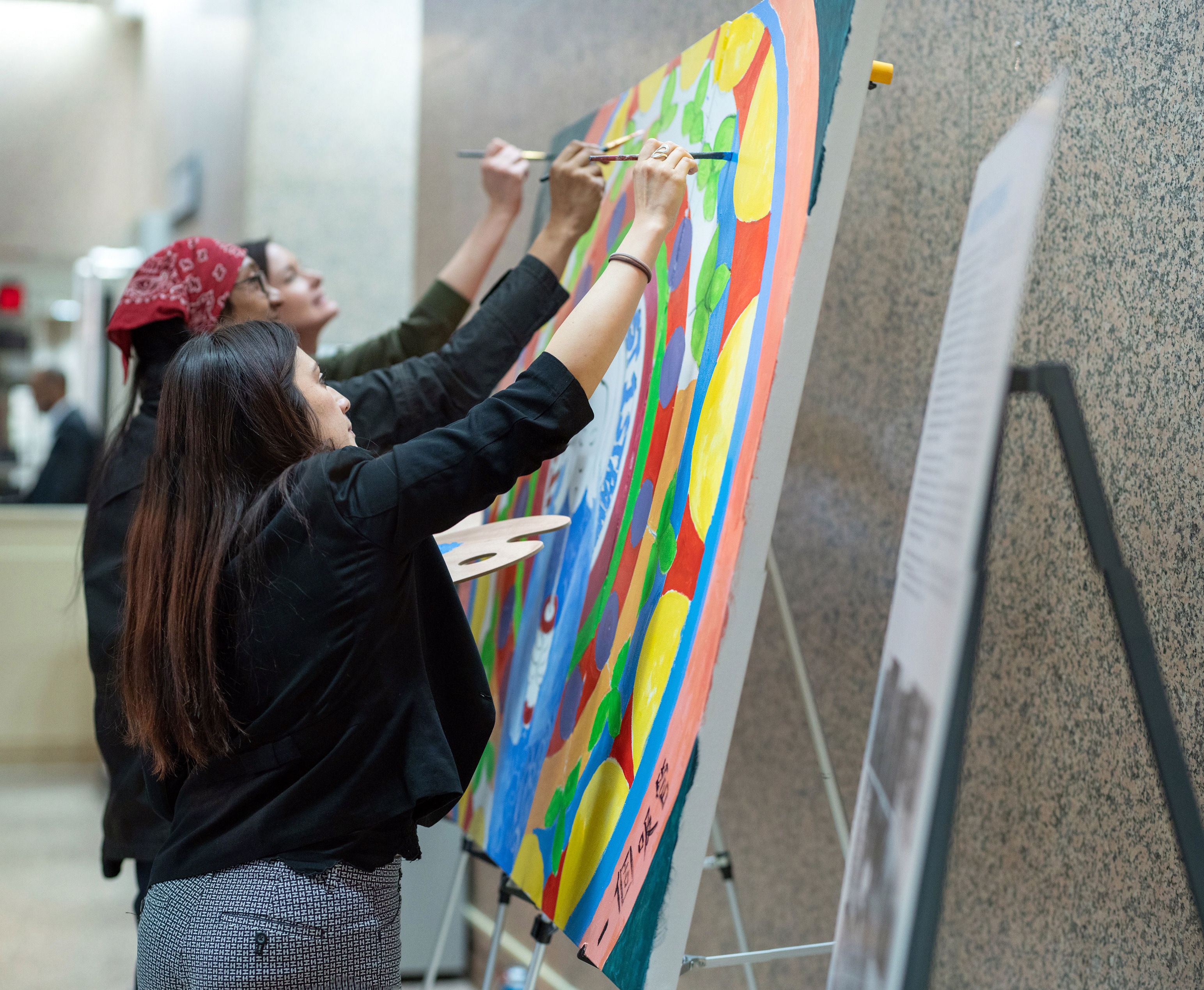The BE.Hive Conference
BE.Hive is a dynamic conference exploring the role of behavioral insights and people-centered solutions for building healthier communities and a more livable world. BE.Hive brings together a broad spectrum of environmental and conservation practitioners, leading behavioral scientists, artists, academics, philanthropists and nonprofit professionals. If you are looking to change yourself, nudge your peers, or build movements, BE.Hive is the event you don’t want to miss!
— Carlos Alvarado Quesada, former President of Costa Rica |
— Chavanne Hanson, Google |
What to expect at BE.Hive
BE.Hive features inspiring talks, evidence-based presentations, conversations with changemakers, and networking opportunities—all in a fun, high-energy, and often unexpected program.
Interactive sessions
 At BE.Hive, you are part of the program. At BE.Hive, you will experience electrifying sessions where cutting-edge research meets dynamic discussion. As a participant, you will not just listen—you will engage, challenge, and collaborate in real-time. Our interactive format transforms traditional presentations into vibrant exchanges of ideas, and give you insights and experiences to take with you when the day is done.
At BE.Hive, you are part of the program. At BE.Hive, you will experience electrifying sessions where cutting-edge research meets dynamic discussion. As a participant, you will not just listen—you will engage, challenge, and collaborate in real-time. Our interactive format transforms traditional presentations into vibrant exchanges of ideas, and give you insights and experiences to take with you when the day is done.
Networking opportunities

Rare understands the power of community—and that includes building the community of practitioners leveraging behavioral insights to foster resilient communities and a more sustainable world. At BE.Hive, we make sure to build in opportunities to connect with other attendees and build the relationships that can help you achieve your goals.
World-class speakers

The Unexpected

While at a science conference, have you ever contributed brush strokes to a collaborative work of art? Toss a throwable wireless microphone ball across a crowded theater? Eaten chocolate-covered insects? Watched a Saturday Night Live cast member hand the mic to an award-winning behavioral scientist? You would if you were at BE.Hive!
Past BE.Hives
Stay updated on future BE.Hives and other events
from Rare’s Center for Behavior & the Environment
About Rare and the Center for Behavior & the Environment
Rare has done some incredibly innovative and important work for all of us, not just on the behavior change work. Rare has been a real leader in a lot of these core strategies and approaches to doing conservation.”
– Richard Margoluis, The Gordon and Betty Moore Foundation
Rare is a global leader in driving social change for people and the planet. We have inspired and empowered millions of people to adopt sustainable behaviors and practices to benefit their communities, while protecting our shared waters, lands, and climate.
In 2017, Rare launched the Center for Behavior & the Environment (BE.Center) as the world’s first center dedicated exclusively to behavioral science and design for the environment. With a diverse team of world-class behavioral and social scientists, designers, and trainers, the BE.Center supports Rare and partners in designing and delivering people-centered solutions to our most urgent environmental challenges like climate change, overfishing, unsustainable land use, food and plastic waste, and biodiversity loss.